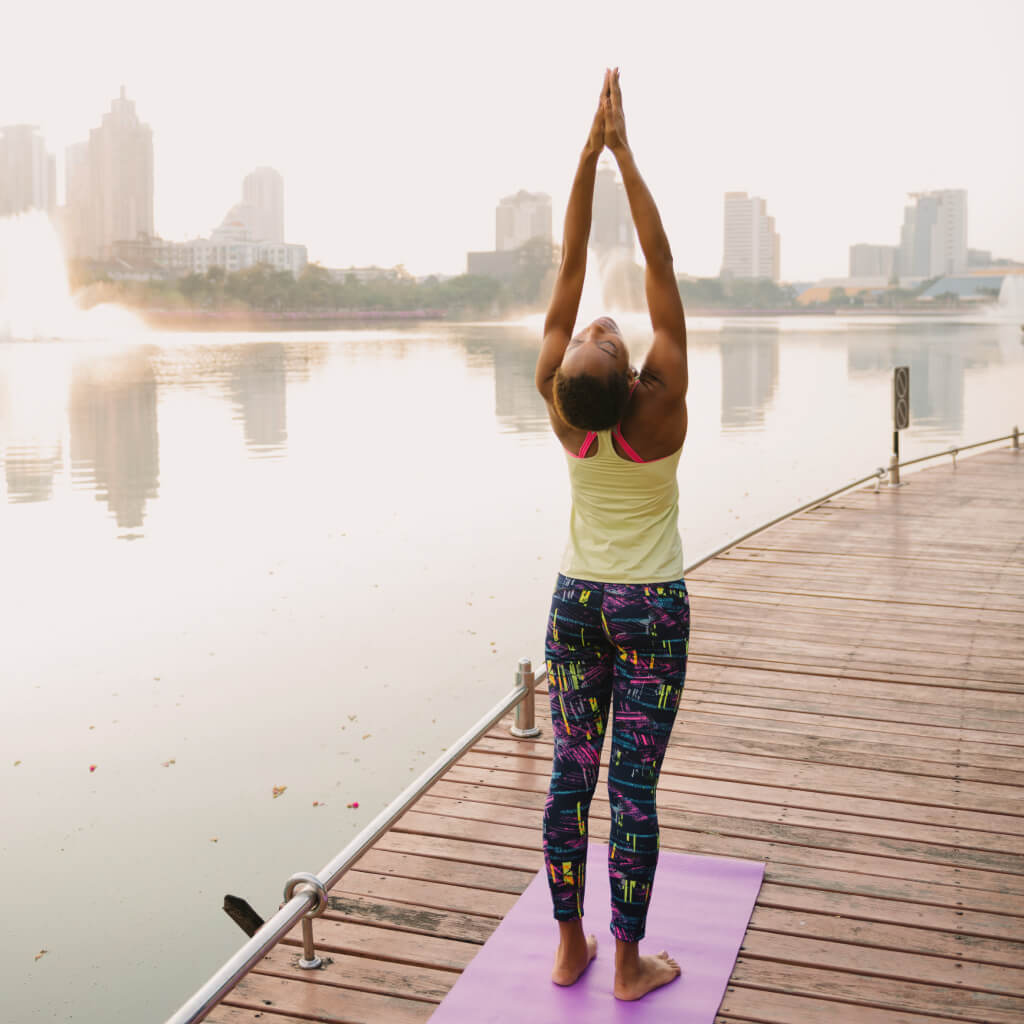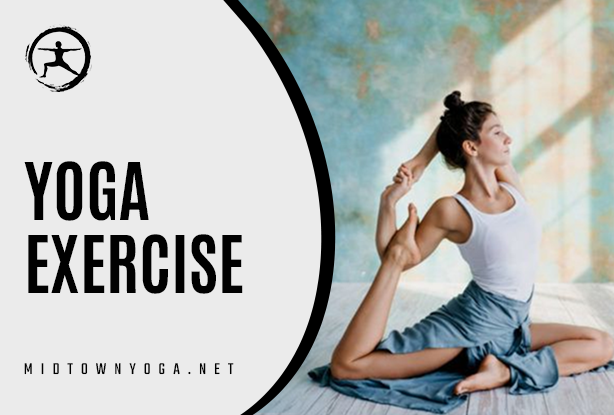Yoga for Knee Pain & ACL Recovery
Find stability, build strength, and regain confidence through mindful movement practices designed specifically for knee health.
Have you experienced knee pain or faced a torn meniscus or ACL injury? These injuries can make even simple movements challenging. Many people ask, “Can I manage the pain, or do I need surgery?” I recently spoke with someone who underwent knee replacement surgery, only to face a recall on the implant, requiring a second replacement—a difficult and painful process.
For some, surgery may be the right choice, but for many, carefully structured movement can offer lasting benefits without invasive intervention. I know this because, years ago, I tore my own ACL.
For most people, an ACL injury can feel like a major setback, especially for activities requiring knee stability. However, through adaptable practices like yoga for knee pain, you can find ways to accommodate an ACL deficiency or knee pain while building stability and confidence. With the right approach, it’s possible to strengthen the muscles around the knee and reduce discomfort while enhancing flexibility and support.
Understanding the Role of the ACL in Movement
The ACL plays a key role in knee stability, limiting excessive forward movement and rotation of the tibia. Without it, the knee may feel less stable, especially during twisting or pivoting movements, increasing injury risk in high-impact activities.
Yoga for knee pain offers modifications that can safely strengthen the leg muscles and help regain stability.
Finding Stability Through Strength
Mindful, controlled movements are essential in supporting knee health. By not overstraining muscles and ligaments, you allow the body to naturally realign and find balance.
Yoga’s focus on balance, flexibility, and strength is especially beneficial for those without an ACL, as it emphasizes joint stability through low-impact exercises. Targeting the quadriceps, hamstrings, glutes, and calves can provide valuable knee support.
Strengthening Exercises for Knee Stability
Mountain Pose (Tadasana)
Promotes alignment and weight distribution through the lower body. Engaging the thighs and lifting the kneecaps gently activates and strengthens the quadriceps.
Chair Pose (Utkatasana)
Builds lower body strength, particularly in the quadriceps and glutes. Keep weight in the heels and align knees over toes to minimize joint strain.
Bridge Pose (Setu Bandhasana)
This yoga for knee pain pose strengthens the glutes, hamstrings, and calves, helping to stabilize the knee as the muscles in the back of the legs provide support.
Warrior Poses (Virabhadrasana I and II)
With proper alignment, these poses enhance lower body strength and stability. Avoid bending the knee past 90 degrees, and distribute weight evenly to protect the knee.
Adapting Poses to Protect the Knee
While many poses can be safe with ACL deficiency, some may need adjustments to avoid unnecessary strain.
Limit Deep Knee Flexion
In poses like Warrior I or Crescent Lunge, avoid deep knee bends. Try reducing the depth of the lunge to maintain control.
Minimize Twisting Movements
Since the ACL stabilizes rotational movements, modify poses like Eagle Pose (Garudasana) or Revolved Triangle (Parivrtta Trikonasana) to focus on stability rather than rotation.
The Importance of Mindfulness in Movement
Practicing yoga with a missing ACL involves a heightened sense of body awareness. Mindfulness becomes essential in every movement, from positioning feet to aligning knees and hips, promoting safe and effective practice.
Building Confidence and Acceptance
Practicing yoga with knee limitations may require some adjustments, but it also opens up an opportunity to connect more deeply with your body. Working without an ACL has taught me to be more attuned to my practice, focusing on alignment, strength, and stability.
If you’re dealing with knee issues, I’m here to help. With my experience working with knee challenges, I can guide you in finding the right approach for your practice.
Frequently Asked Questions
What role does flexibility play in knee health?
Flexibility helps the muscles and connective tissues around the knee adapt to movement, reducing strain and improving range of motion. It complements stability work, so knees are both mobile and supported.
How often should I practice stability exercises for my knees?
For most people, incorporating knee-stability yoga for knee pain exercises 2-3 times per week is effective. Consistency matters more than volume. Work with a qualified instructor to tailor the regimen safely.
What’s the difference between stability and adaptability training for knees?
Stability focuses on maintaining control, alignment and strength around the knee joint. Adaptability means enabling the knee to respond to changing loads, directions and surfaces—flexibility, coordination, balance.
Can yoga help with knee pain or injury prevention?
Yes. Many yoga poses, when practiced with proper alignment and guidance, can support knee health by strengthening supporting muscles, improving mobility and reducing compensatory movement patterns.
When should I avoid certain knee movements or yoga poses?
If you experience sharp pain, swelling, instability or have a diagnosed knee condition (like advanced osteoarthritis or ligament tear), avoid high-impact or deep twist movements until cleared by a healthcare professional and supervised by an experienced instructor.



